Animal Health
All Animal Health Content
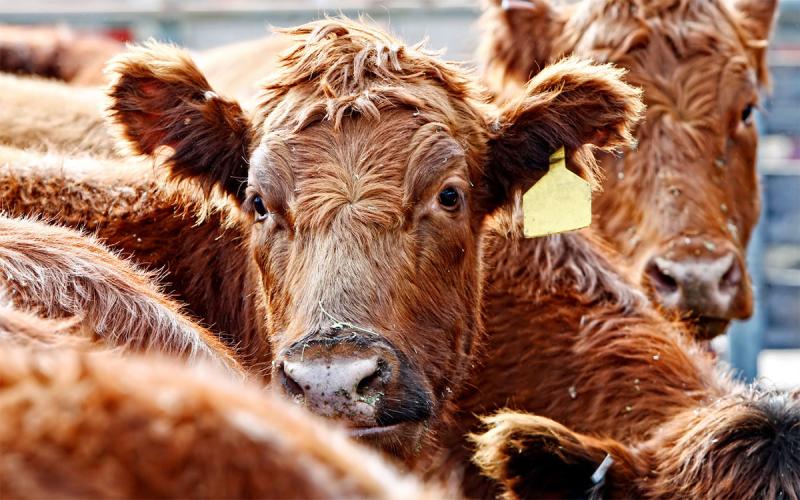
Livestock
South Dakota is home to a dynamic livestock industry.
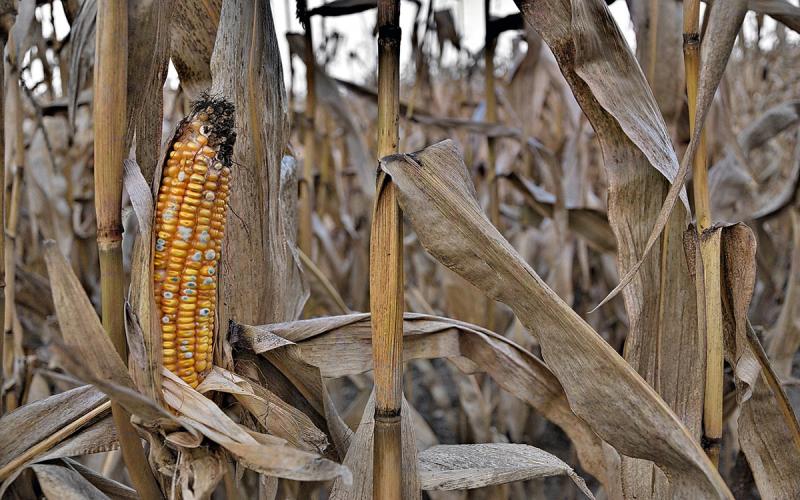
Mycotoxins: Should you be concerned?
Environmental stress caused by the weather or damaged crops increases the potential for mold and mycotoxin development. Learn some answers to common questions about mycotoxins and how to manage them.
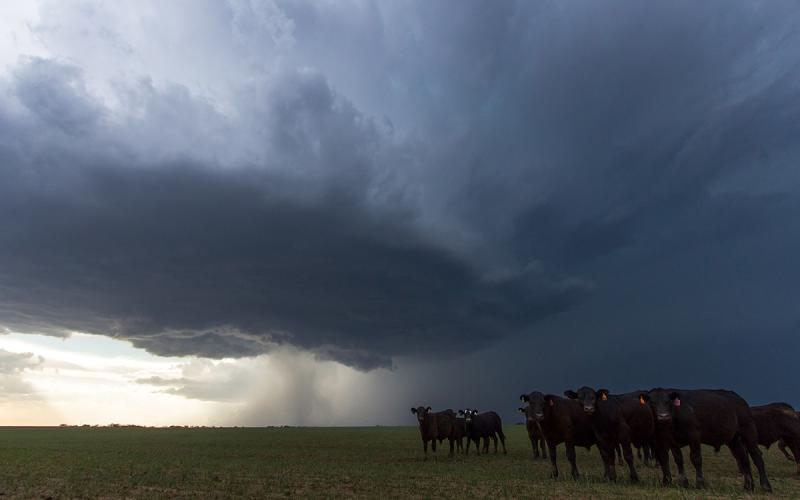
Hail and Bruising in Cattle
Bruising remains one of the leading causes of carcass trimming at harvest. While we can’t control the weather, proactive management can reduce performance losses and protect carcass quality.
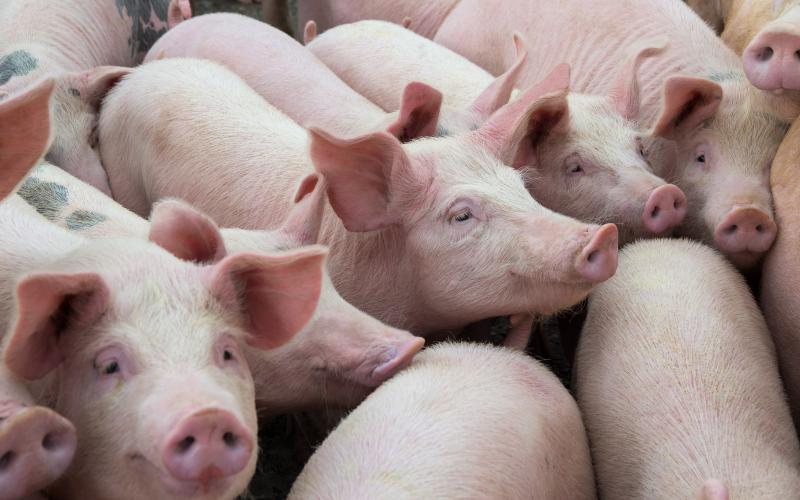
The Healthy Swine Herd Series
Series of publications to keep your swine herd healthy
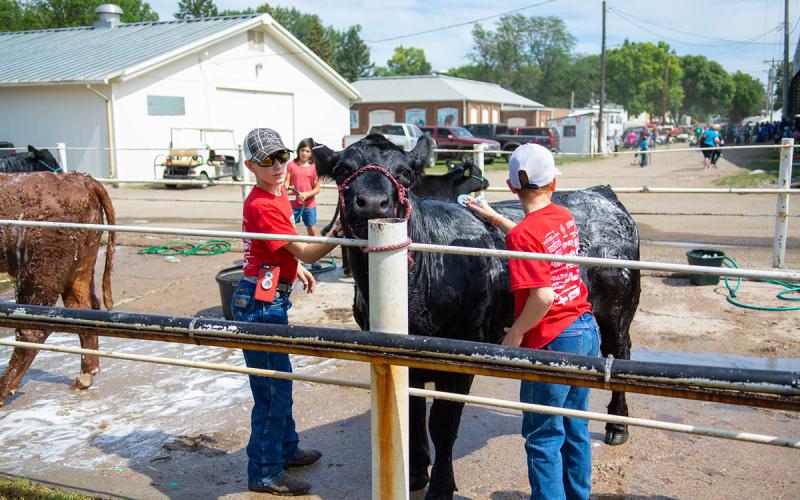
Fair Season Biosecurity
Fairs are a big part of youth livestock programs, but they come with a responsibility to care for animals the right way. With a few extra steps, you’ll be doing your part to keep your animals, your barn, and your community healthy, now and for the seasons to come.
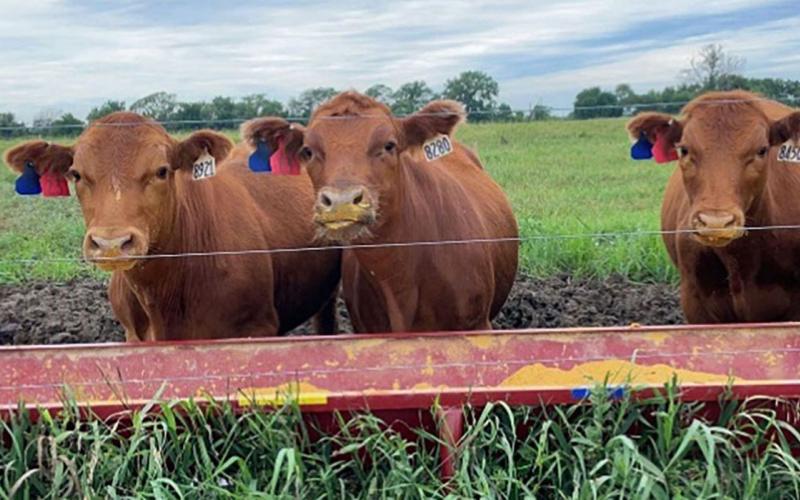
Animal Science Research and Extension Report
Research report from Animal Science Department covering a variety of areas in livestock production.
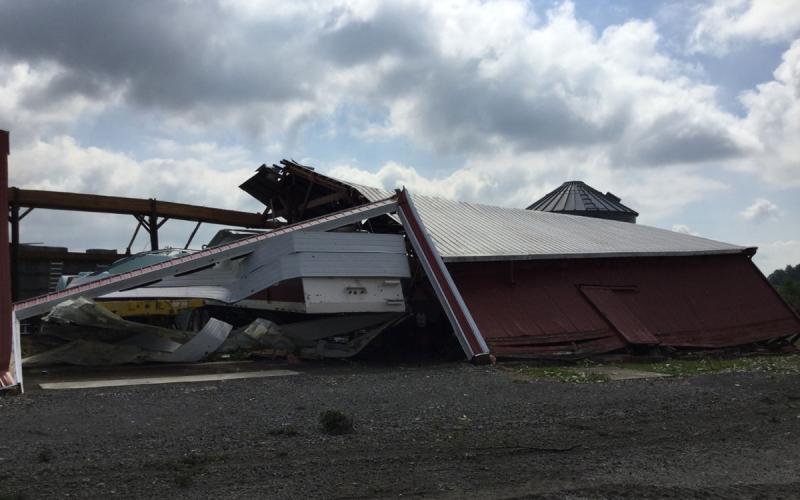
Tetanus: A Storm Aftermath Problem for Animals
Of all the challenges faced by animal caretakers in the wake of damaging storms, Tetanus is a potentially serious disease that might not appear for days or weeks later. Learn some expert tips for recognizing, treating and preventing it.
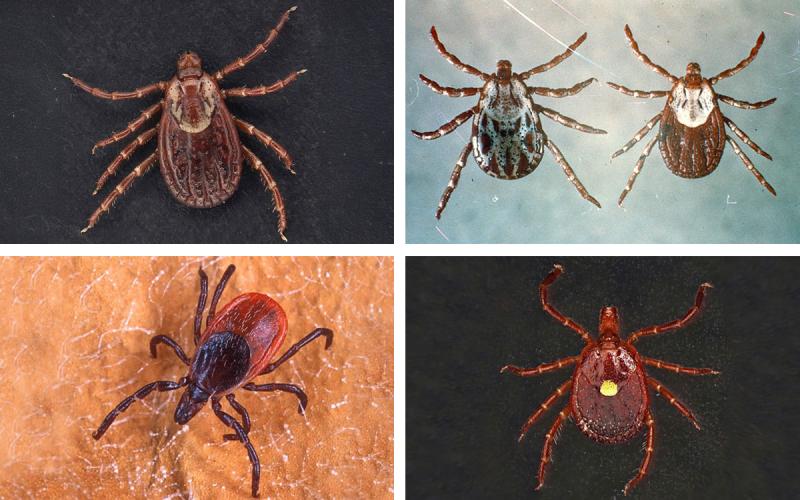
Spring is here, and so are the ticks!
As spring continues to bloom, more arthropods will begin to emerge from winter dormancy. Ticks are among the first to appear, and statewide reports have already been flowing in.

Are Ionophores the Key for Managing Coccidiosis in Calves?
Ionophores are feed additives commonly used in cattle diets to increase feed efficiency and growth.

Considerations for Winter Bison Management
Although many tools and techniques developed for cattle management have been adapted for bison, there are some stark differences between the two species that producers should consider when managing bison on winter range.